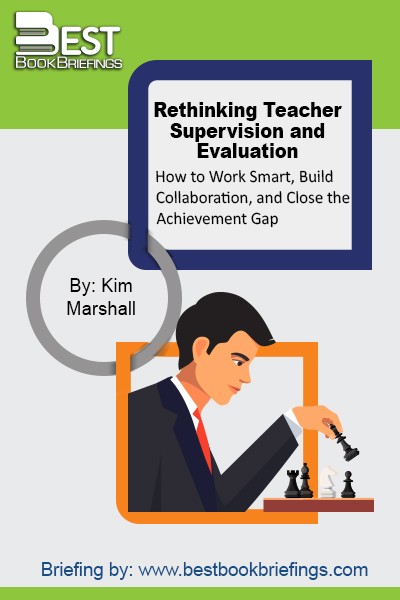Rethinking Teacher Supervision and Evaluation
How to Work Smart, Build Collaboration, and Close the Achievement Gap
Editorial Review
For decades, the assumption has been that if we want to improve teaching, one of the best ways is to supervise and evaluate teachers. Surely, the argument went, inspecting classroom performance and giving teachers feedback and formal evaluations would make a positive difference. But as we frequently ask groups of administrators to think back to when they were teachers and raise their hands if an evaluation ever led them to make significant improvements in the way they taught, typically we see around 5 percent of the group raise a hand. When we ask if the evaluations that principals themselves have written produce significant classroom improvements, we get a similar response. This is disturbing. It means that school leaders are spending huge amounts of time on a process that rarely improves classroom teaching. And teaching, after all, is the heart of the matter. Now we know that good classroom teaching can overcome the disadvantages with which many students enter school, and that children who grow up in poverty are not doomed to failure. From this, we conclude that a principal’s most important job is getting good teaching in every classroom.
Book Reviews
Books on Related Topics
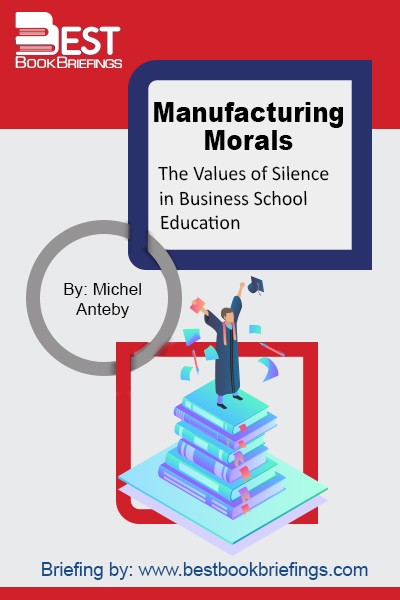
Manufacturing Morals demonstrates how faculty and students are exposed to a system that operates on open-ended directives that require significant decision-making on the part of those involved, with little overt guidance from the hierarchy. Anteby suggests that this model—which tolerates moral complexity—is perhaps one of the few that can adapt and endure
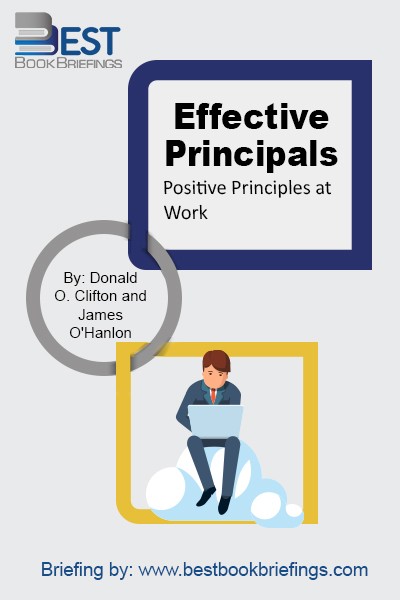
Read and learn as James O'Hanlon and Donald Clifton describe how elementary and secondary principals, identified as outstanding, carry out their work. According to the authors, these principals resemble highly effective managers in business in their adherence to the tenets of positive psychology. While the position of principal is highly demanding,
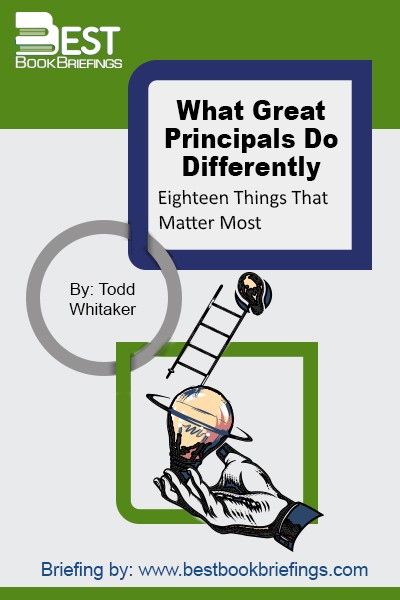
This book frames the landscape of school from the perspective of great principals. What do they see when they view their schools and the people in them? Where do they focus their attention? How do they spend their time and energy? What guides their decisions? How can we gain the same
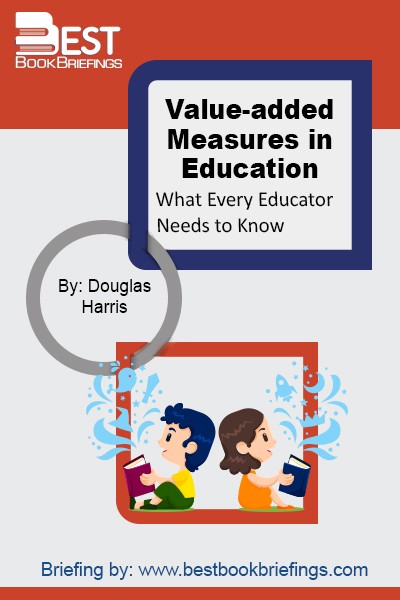
In Value-Added Measures in Education, economist and education researcher Douglas N. Harris takes on one of the most hotly debated topics in education. Drawing on his extensive work with schools and districts, he sets out to help educators and policy makers understand this innovative approach to assessment. Written in straightforward language
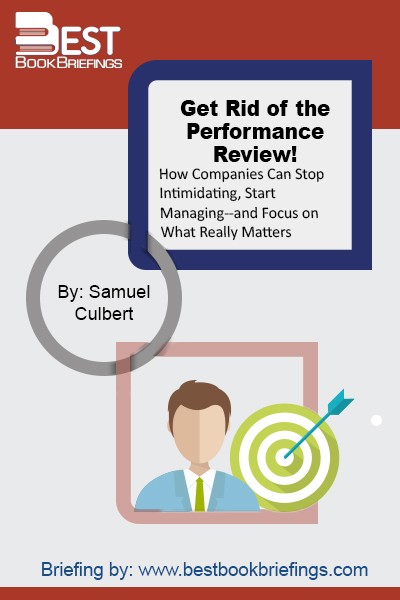
The performance review. It is one of the most insidious, most damaging, and yet most ubiquitous of corporate activities. We all hate it. And yet nobody does anything about it. Until now... Straight-talking Sam Culbert, management guru and UCLA professor, minces no words as he puts managers on notice that --
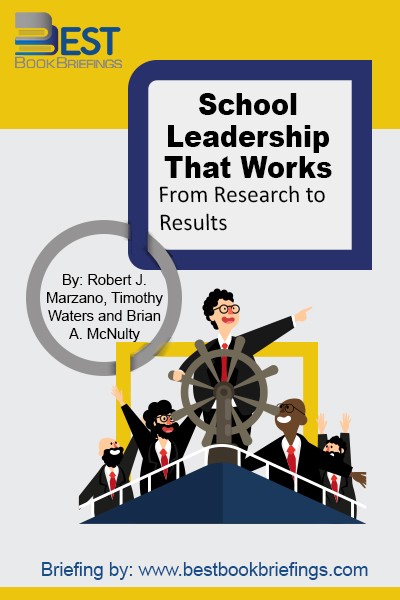
What does research tell us about the effects of school leadership on student achievement? What specific leadership practices make a real difference in school effectiveness? How should school leaders use these practices in their day-to-day management of schools and during the stressful times that accompany major change initiatives? Robert J. Marzano,

